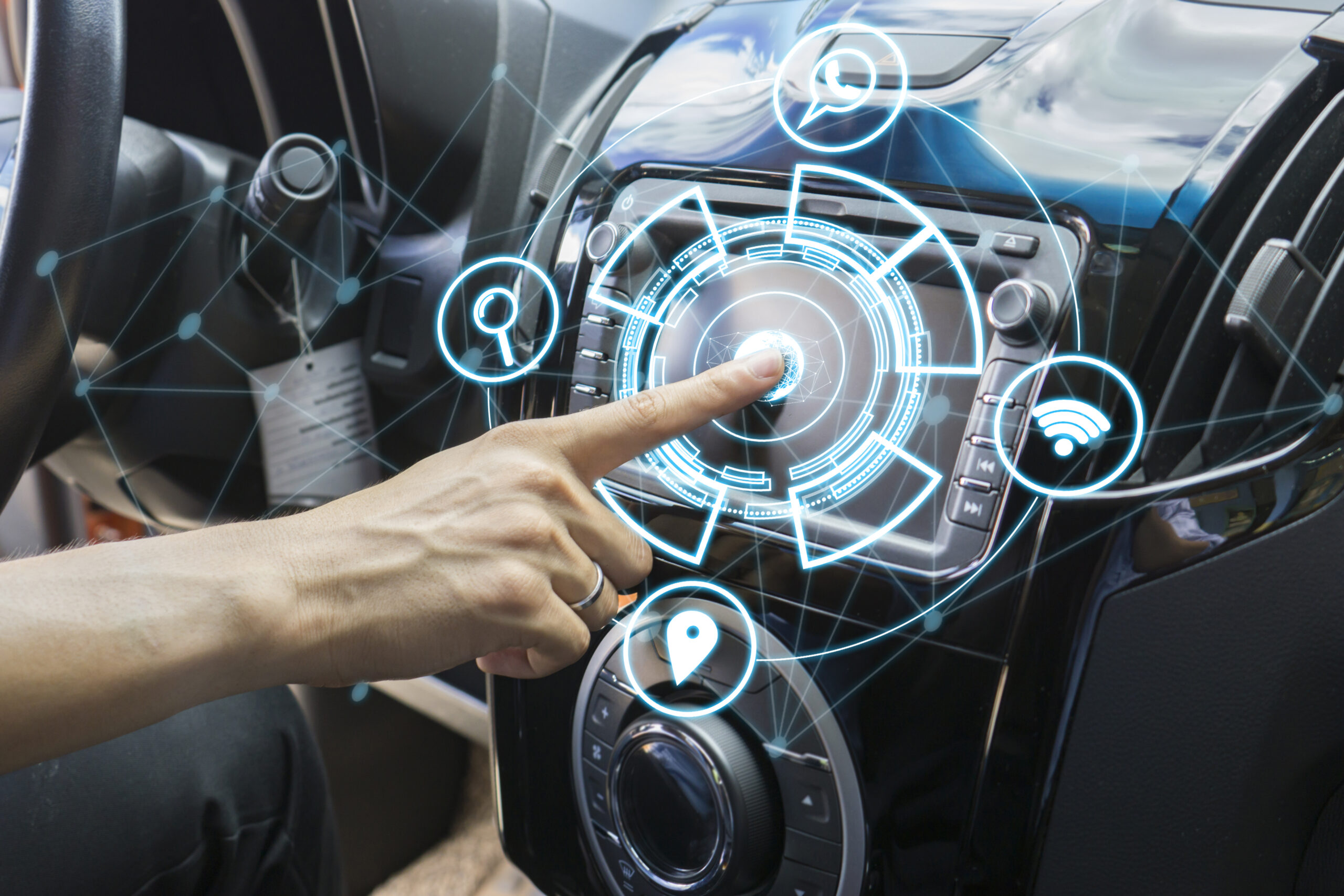Internet of Things: A Step Into the Future
Imagine you’re at work and suddenly remember that you didn’t turn the lights off at home or forgot to shut the garage door again. Instead of rushing home, IoT lets you check the status of lights, doors, and other home appliances from your phone or other interfaces and remotely turn them off. With IoT, different software services can be used to connect devices to the internet, enabling data execution of user-defined actions through data sharing.
Background Processes
Although this all seems fascinating at the surface, there are multiple background processes to ensure everything works seamlessly. IT outsourcing is necessary in most cases to provide the needed infrastructure to ensure effective communication between several devices and accurate data processing.
IoT Explained
IoT is a system of devices connected to the internet using sensors that relay data on a home or public network. Smart homes are one of the best examples of IoT in action. Home appliances like doorbells, thermostats, security alarms, and water heaters can be interconnected to share data with the user via an interface such as a smartphone.
How Does IoT Achieve Autonomy?
The Internet of Things is shaping the way we live. Devices can plug into the internet, making them smart devices that can collect and share data to enable automation. For instance, when the alarm goes off in the morning, the IoT system can draw the curtains, heat the water, and get the coffee maker running.
IoT devices are usually categorized into two main groups:
- General devices – These are the primary components of the data center and information exchange. They can be connected using wired or wireless interfaces such as Wi-Fi and Bluetooth. Home appliances are general devices that form the layout of a smart home in the context of IoT.
- Sensing devices – These include actuators and sensors. They measure elements such as light intensity, motion, temperature, and other parameters defined in an IoT ecosystem.
General and sensing devices are connected to a network via gateways or processing nodes that process the data collected by sensing devices and transfer it to the cloud. The cloud acts as a processing unit and data storage facility. In the cloud, further analysis is performed on the data through learning and inferences.
Applications of IoT
IoT is being integrated into more industries owing to effective monitoring, response, and analytical capability improvements. IoT is increasingly used to reduce the manual effort needed to accomplish various tasks. Smart homes, wearables like smartwatches, smart cars, smart retail, and smart farming all use IoT devices and technologies to automate routine tasks and improve service delivery in these fields.
IoT and The Future of Interconnectivity
Integrated systems powered by IoT will pave the way for smart cities in the future as more devices become interconnected and data transfer is supported by faster infrastructure such as 5G. By 2018, there were nearly 23 billion connected devices, more than double the global population at the time. IT experts project that almost 80 billion devices will be connected by 2025.
IoT is a collective mission to connect all devices powered by the internet, continuously learning and achieving the goal of smart systems integrated into our daily lives.


